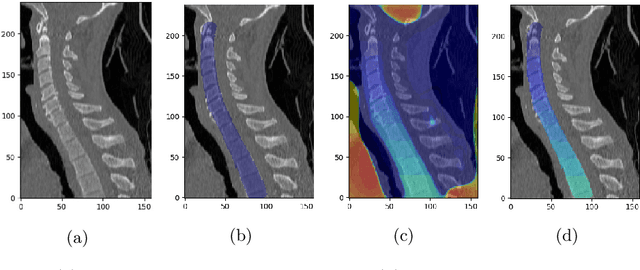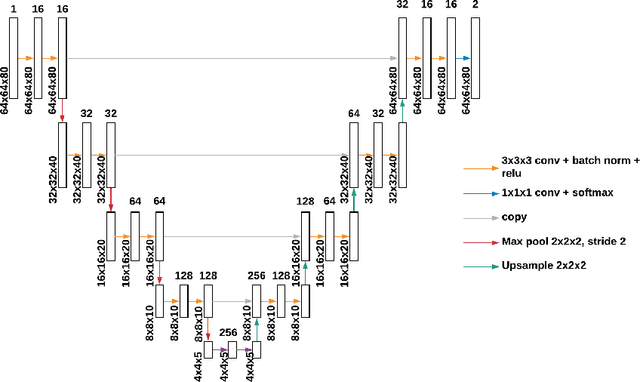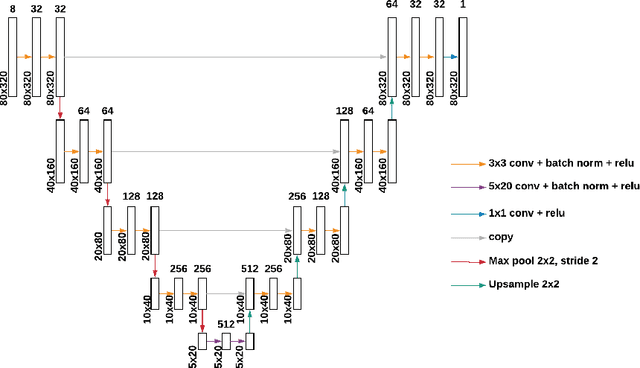Vertebrae Detection and Localization in CT with Two-Stage CNNs and Dense Annotations
Paper and Code
Oct 14, 2019



We propose a new, two-stage approach to the vertebrae centroid detection and localization problem. The first stage detects where the vertebrae appear in the scan using 3D samples, the second identifies the specific vertebrae within that region-of-interest using 2D slices. Our solution utilizes new techniques to improve the accuracy of the algorithm such as a revised approach to dense labelling from sparse centroid annotations and usage of large anisotropic kernels in the base level of a U-net architecture to maximize the receptive field. Our method improves the state-of-the-art's mean localization accuracy by 0.87mm on a publicly available spine CT benchmark.
* Accept into the MICCAI workshop MSKI 2019
 Add to Chrome
Add to Chrome Add to Firefox
Add to Firefox Add to Edge
Add to Edge